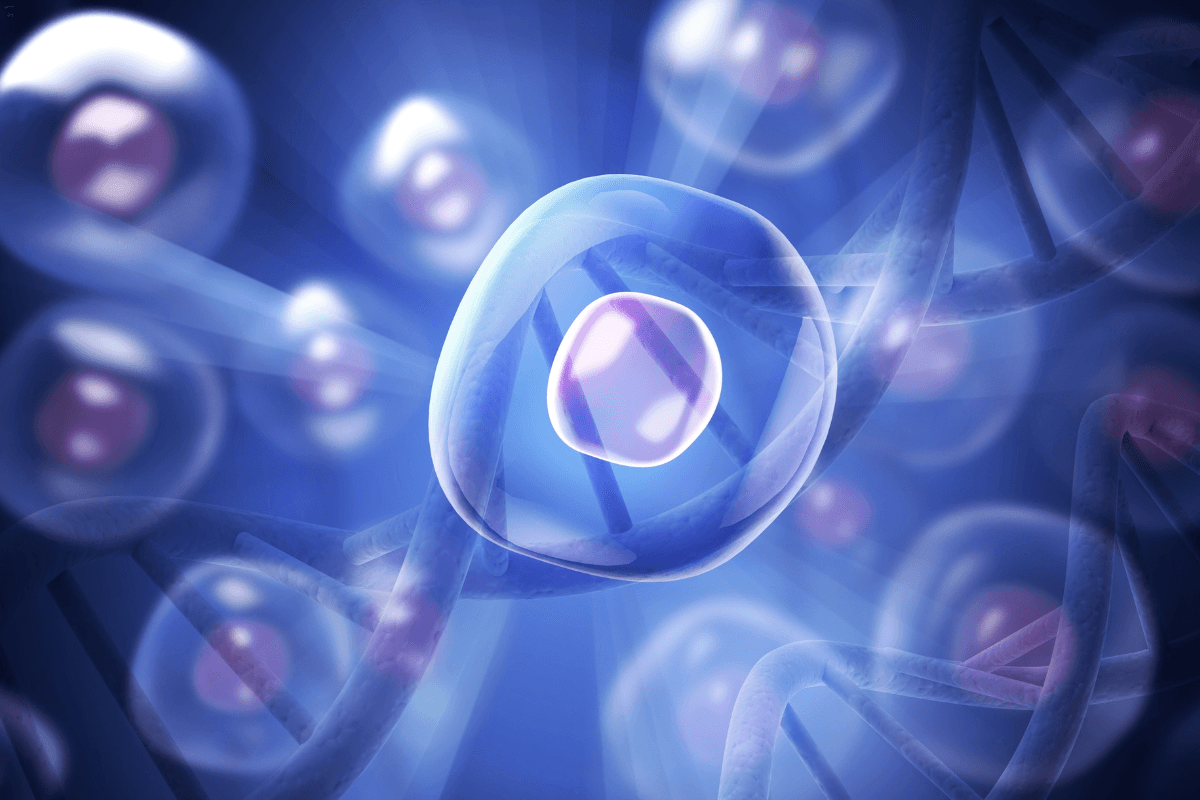Mitochondria, often referred to as the “powerhouses” of cells, play a crucial role in energy production by generating ATP (adenosine triphosphate), which fuels essential cellular processes. Beyond their energy metabolism function, mitochondria regulate calcium levels, produce reactive oxygen species (ROS), and initiate programmed cell death, also known as apoptosis. These organelles are particularly abundant in high-energy-demand cells, such as cardiac myocytes, which depend on optimal mitochondrial function for regular contractions and overall heart health.
Over time, oxidative stress and aging can damage mitochondria, compromising their efficiency and increasing ROS production, which leads to cellular dysfunction and inflammation. Mitophagy, the selective degradation of damaged mitochondria, is essential for removing dysfunctional organelles and protecting cells from further injury. This process is especially important in heart tissue, where healthy mitochondria are required to prevent cardiac hypertrophy—an enlargement of the heart caused by increased workload or pressure overload.
If left unchecked, cardiac hypertrophy can progress to more severe conditions such as heart failure, arrhythmias, and other cardiovascular events. As a result, targeting pathways that enhance mitophagy offers a promising therapeutic approach to prevent or reverse cardiac hypertrophy.
Study Overview: Investigating Semaglutide’s Effect on Cardiac Hypertrophy
This study explored whether semaglutide, a long-acting GLP-1R (glucagon-like peptide-1 receptor) agonist, could reverse pressure overload-induced cardiac hypertrophy in rats. Pressure overload was induced via transverse aortic constriction (TAC), a procedure that simulates conditions like hypertension. The primary focus of the study was semaglutide’s ability to improve mitophagy, reduce heart wall thickness, and suppress inflammatory markers.
Key Findings
1. Animal Model and Study Groups
The study used Sprague-Dawley rats, a widely utilized laboratory breed known for their predictable physiology and calm demeanor, making them suitable for cardiovascular research. The rats were divided into four distinct groups:
- Sham Group: Rats underwent surgery without inducing pressure overload, serving as the baseline for normal heart function.
- TAC Group: These rats experienced transverse aortic constriction (TAC), which caused cardiac hypertrophy due to increased pressure on the heart.
- TAC + Semaglutide Group: Rats in this group were treated with semaglutide to evaluate its potential to reverse cardiac hypertrophy.
- TAC + Semaglutide + HCQ Group: This group was treated with both semaglutide and HCQ, a mitophagy inhibitor, to determine whether blocking mitophagy would reduce the benefits of semaglutide.
Semaglutide was shown to significantly reduce heart wall thickness, particularly in the left ventricular posterior wall and the interventricular septum, leading to a 20-25% reduction in cardiac hypertrophy compared to the TAC group.
2. Semaglutide’s Impact on Cardiac Hypertrophy
Hematoxylin-Eosin (H-E) Staining, a widely used histological technique, revealed that semaglutide reduced left ventricular wall thickness (LVWT) by approximately 25%. This reduction decreases the workload of the heart, which can prevent the progression to heart failure.
3. Improvement in Mitophagy
Semaglutide enhanced cardiac mitophagy, as demonstrated by increased LC3II/LC3I ratios, indicating elevated autophagy activity, and reduced COX II expression, a marker of mitochondrial damage. Transmission Electron Microscopy (TEM) further confirmed the increase in autophagosome formation and the reduction in dysfunctional mitochondria in semaglutide-treated rats.
4. Reduction of Inflammation
The study found that semaglutide suppressed the activation of the NLRP3 inflammasome, a key inflammatory complex involved in cardiac hypertrophy progression. Inflammatory markers such as NLRP3, Caspase-1, and IL-18 were significantly reduced in semaglutide-treated rats, indicating a substantial reduction in inflammation.
Mechanistic Insights: How Semaglutide Helps
The study suggests that semaglutide’s positive effects on cardiac hypertrophy are closely tied to its ability to enhance mitophagy and reduce inflammation. By improving mitochondrial quality control and preventing the accumulation of damaged mitochondria, semaglutide helps avoid the activation of the NLRP3 inflammasome pathway, thereby alleviating hypertrophy and reducing the risk of heart failure.
Conclusion and Key Takeaways
Semaglutide shows significant potential as a therapeutic agent for cardiac hypertrophy by improving mitophagy and reducing inflammation. Key takeaways from the study include:
- A 20-25% reduction in heart wall thickness, particularly in the left ventricular and interventricular regions.
- Enhanced mitochondrial quality control through increased mitophagy.
- Substantial suppression of inflammatory markers that are crucial to the progression of cardiac hypertrophy.
These findings support further investigation into semaglutide’s potential use in treating heart diseases associated with pressure overload.

